Hi!
I have made a brand new chess podcast. You might ask how will this be different from the other chess podcasts? The Say Chess Podcast will be updating you on my chess projects, delivering blindfold chess puzzles, miniature games, and moments from chess history.
It will challenge you to visualize the chessboard and practice blindfold chess. To ensure a good narration of the puzzles I have used an artificial voice, that I think does a better job than I would.
In the first podcast episode, you will find a part of Capablanca’s book ‘My Chess Career’ that I’m covering in newsletter format. The game mentioned on the podcast can be found in this Lichess study or look below.
Let me know what you think!
THE MATCH WITH MARSHALL, CHAPTER IV, My Chess Career, part VII
“The most surprising feature of all was the fact that I played without having ever opened a book to study the openings.” — Capablanca
The Match with Marshall.
No difficulty was experienced in arranging the match. Marshall was disposed to play in this case where he naturally discounted his victory. How far he was wrong the result proved. I beat him eight to one with fourteen draws thrown in between. I can safely say that no player ever performed such a feat, as it was my first encounter against a master, and such a master, one of the first ten in the whole world. The most surprising feature of all was the fact that I played without having ever opened a book to study the openings; in fact, had Marshall played such things as Danish Gambits, Vienna openings, or the like, the result might have been different. I certainly should have experienced more difficulty in obtaining such a result.
I had only looked up an analysis of the Ruy Lopez by Lasker, on the f5-defence, but the analysis was wrong, as it did not give the strongest continuation for Black. This, and whatever I knew from experience or hearsay, was all my stock of knowledge for the match. My victory put me at once in the foremost rank among the great masters of the game. The play during the match showed that I was weak in the openings and just about strong enough in the simple play for position. My great strength lay in the end game, and I also excelled in combinations of the middle game. I had a fine judgment as to whether a given position was won or lost, and was able to defend a difficult position as few players could, as I repeatedly demonstrated during the course of the match, in repulsing Marshall’s onslaughts. I may add that my style was not as yet either definite or complete, though it had a wide range, i.e. I could attack almost as well as I could defend, and could make combinations in the middle game nearly as well as play the endings where I felt more at home and was decidedly strongest.
Here are some of the games with notes as I see them today.
GAME No. 7.
The Fifth Game of the Match.
F. Marshall vs. J. R. Capablanca, 0-1
Link to Lichess study
Year: 1909
Opening: Queen's Gambit Declined (Lasker Defence)
1. d4 d5 2. c4 e6 3. Nc3 Nf6 4. Bg5 Be7 5. e3 Ne4
Today, when I have developed theories in accordance with my greater experience and knowledge, the chances are great against my making such a move, but then it was different, I did not know what to play, and when someone told me that Lasker had successfully played this move in his match with Marshall, I decided to adopt it. It was not till the end of the match, when I learned something else, that I changed my defence.
6. Bxe7 Qxe7 7. Bd3
The continuation adopted by Marshall in this game is in my opinion deficient. I believe that he played this variation best in the twenty-first game. Here, at any rate, I think it is better to play cxd5, followed by Qb3, after the Knights have been exchanged.
7... Nxc3 8. bxc3
8… Nd7
cxd5 at once is better.
9. Nf3 O-O 10. Qc2 h6 11. O-O
He still had time to play cxd5, which was the correct continuation.
11... c5
With the idea of counterbalancing on the Queen’s side the attack of White against the Black King.
12. Rfe1 dxc4 13. Bxc4 b6 14. Qe4
I do not think well of this maneuver, as the attack is too slow to obtain any advantage, and on the other hand, it compels Black to post his pieces where he wanted, i.e. the Bishop at b7, the Knight at f6, and his two Rooks at c8 and the Queen-square respectively, thereby holding the open lines with the Rooks and ready at the same time to attack the enemy’s center.
14... Rb8 15. Bd3 Nf6 16. Qf4
If Qh4, Nd5 would have been sufficient.
16... Bb7 17. e4 Rfd8 18. Rad1 Rbc8
Black has now the superior game, as there is no weak point in his position, and his Queen’s side is much stronger than White’s. Besides, the strategical position of Black’s pieces is superior to that of White’s.
19. Re3
Not good, as Black quickly demonstrates. Bb1 was the correct move.
19... cxd4 20. cxd4 Rc3 21. Bb1
An error, Qh4 was the only chance White had of holding the game.
21... g5 22. Nxg5
Qg3 would have lost a Pawn, but White sees chances of attack by sacrificing the Knight and consequently adopts this continuation in preference to the other, which he thought would also have lost the game with less chances of a possible mistake on Black’s part.
22... Rxe3 23. Qxe3 Ng4
hxg5 would have avoided complications but would have left White with two Pawns for the Knight.
24. Qg3 Qxg5 25. h4
Had White played Qc7 at once, Black would have answered 25. Qc7 Rc8 26. Qxb7 Rc1 27. Qb8+ Kg7 28.Rf1 Qd2 winning outright.
25... Qg7 26. Qc7 Rxd4
Not the best, Qf6 was the right move. Incidentally, it would have saved me a great deal of trouble which I had to win the game. Here I will call attention to the poor notes sometimes written by analysts. Games are often annotated by unknown players who have not sufficient knowledge of the game. As a matter of fact, the games of the great masters, at least, can only be properly annotated by very few players. Of course, even the best are not exempt from mistakes, but while they make them few and far between the others do so continuously. I was highly praised by many because of the excellence of my play in this position, while in reality, I could have done better. They simply did not see that here Qf6 was better than the text move.
27. Qb8+ Kh7 28. e5+ Be4 29. Rxd4 Bxb1 30. Qxa7 Nxe5 31. Rf4 Be4
White should not have allowed this move.
32. g3 Nf3+
Very poor play, f5 at once was the right way. After the text move Black has a difficult game to win.
33. Kg2 f5 34. Qxb6 Nxh4+ 35. Kh2
If Kh3, then Qa8 would win at once.
35... Nf3+ 36. Rxf3
Forced, as Black threatened Ng5+ followed by Qa8.
36... Bxf3 37. Qxe6 Be4 38. f3 Bd3 39. Qd5 Qb2+ 40. Kg1 Bb1
It is from now on that it can be said that I played well. The ending is worth studying.
41. a4 Qa1 42. Qb7+ Kg6 43. Qb6+ Kh5 44. Kh2 Ba2 45. Qb5 Kg6 46. a5 Qd4 47. Qc6+ Qf6 48. Qe8+ Qf7 49. Qa4 Qe6 50. a6 Qe2+ 51. Kh3 Bd5 52. a7
52… Bxf3 Resigns.
Stay tuned for more!
/Martin






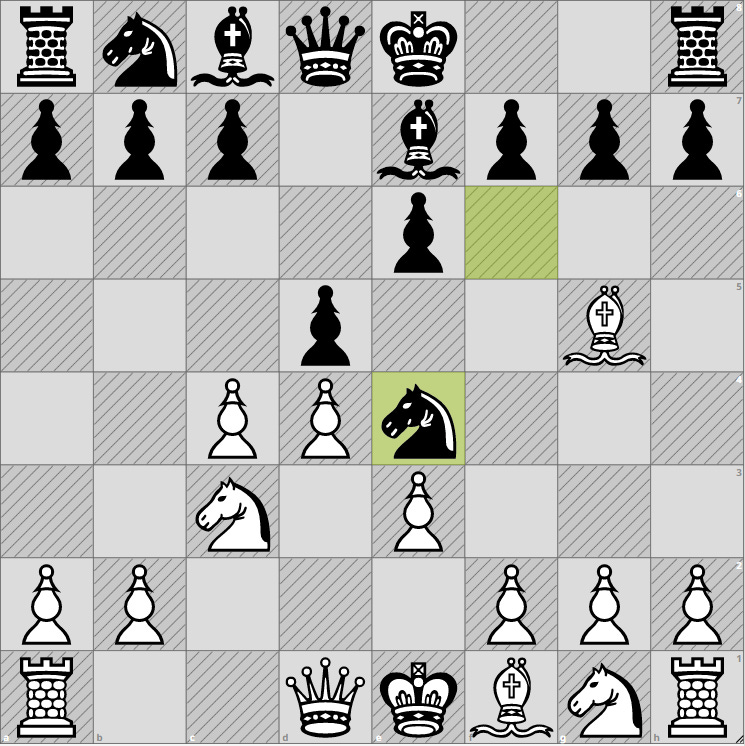





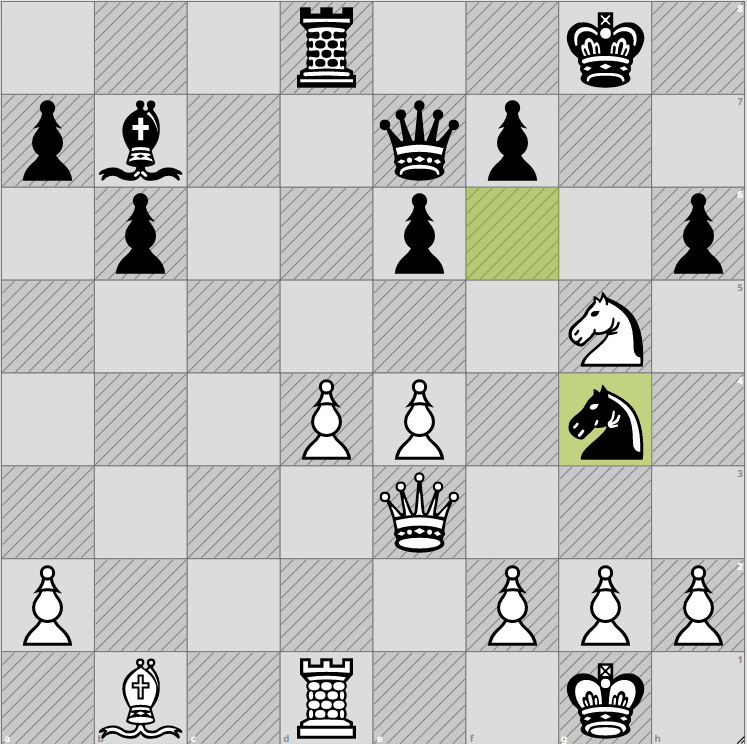



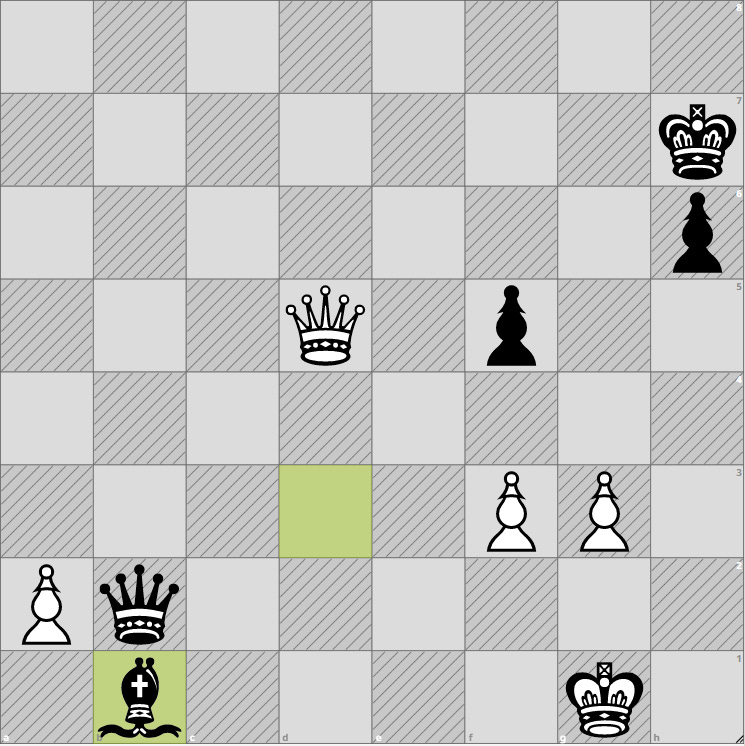


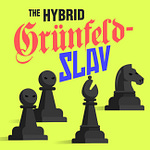
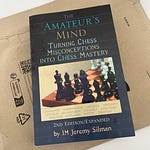
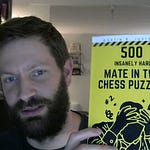

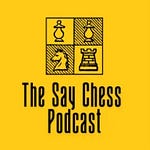

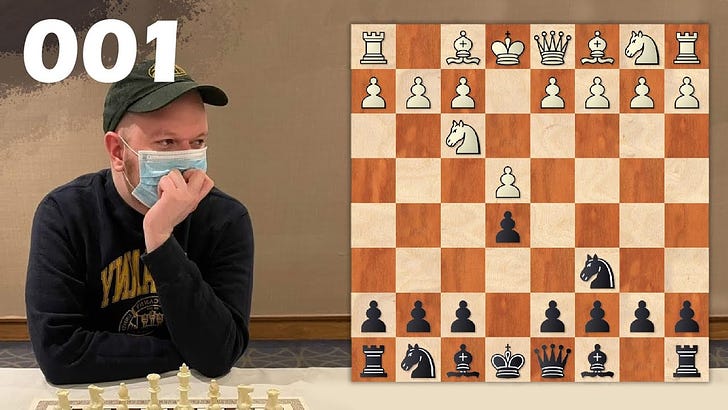
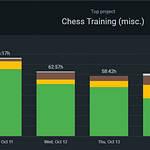
Share this post